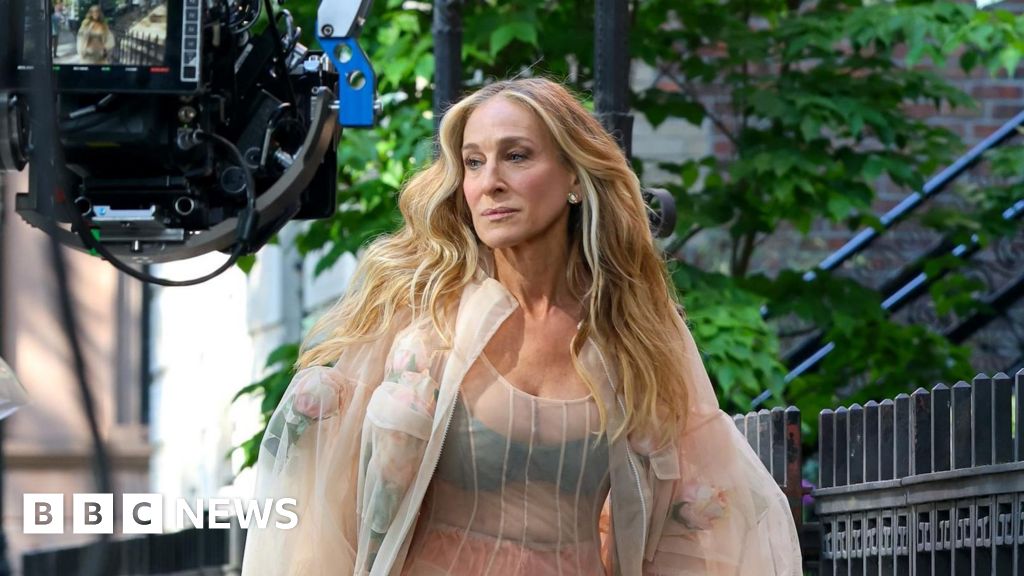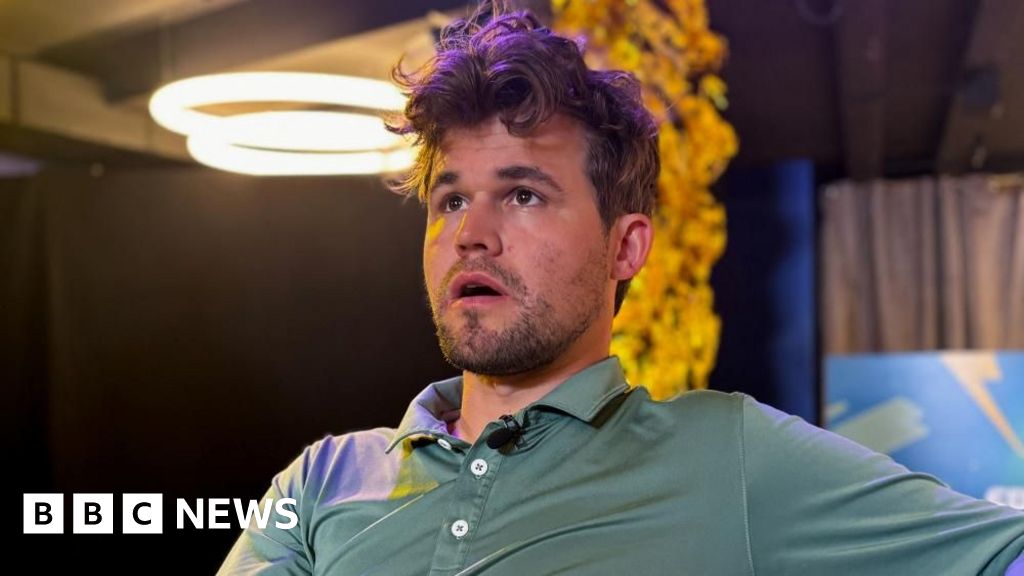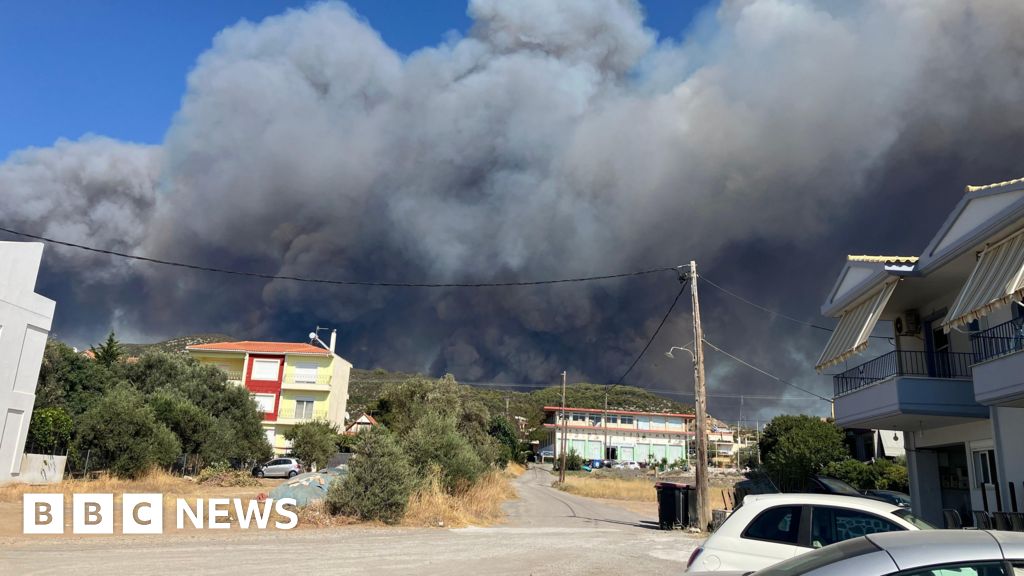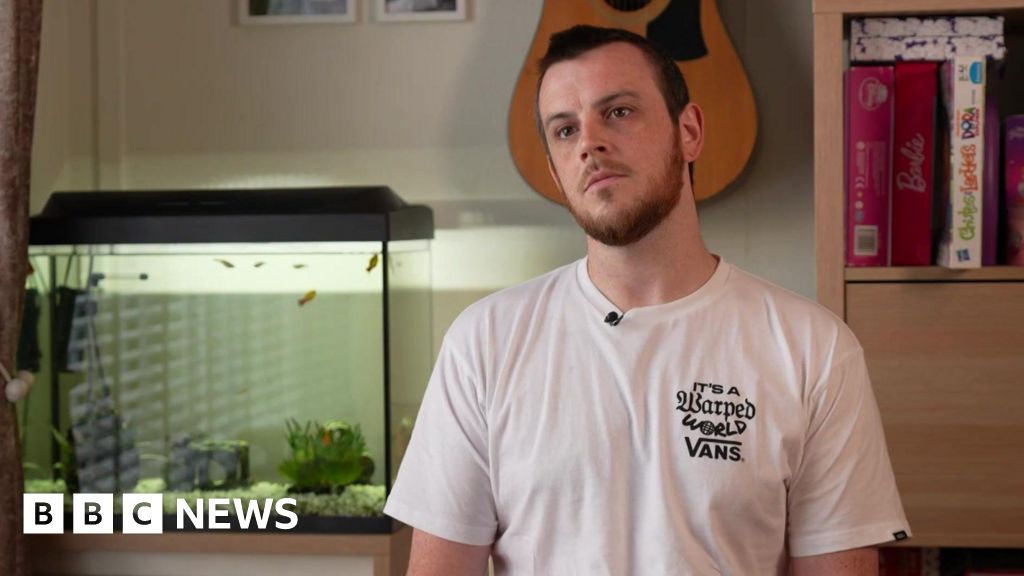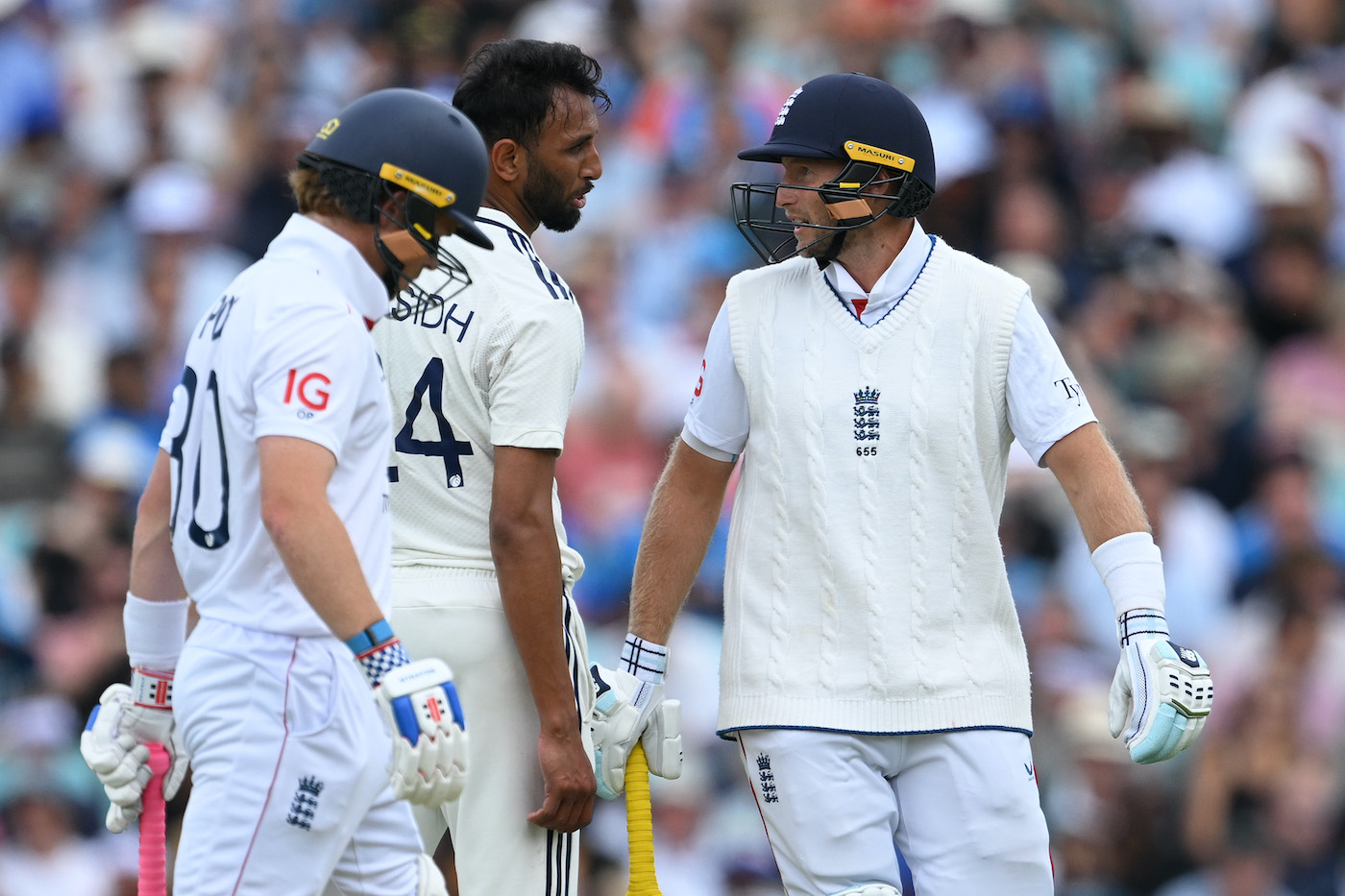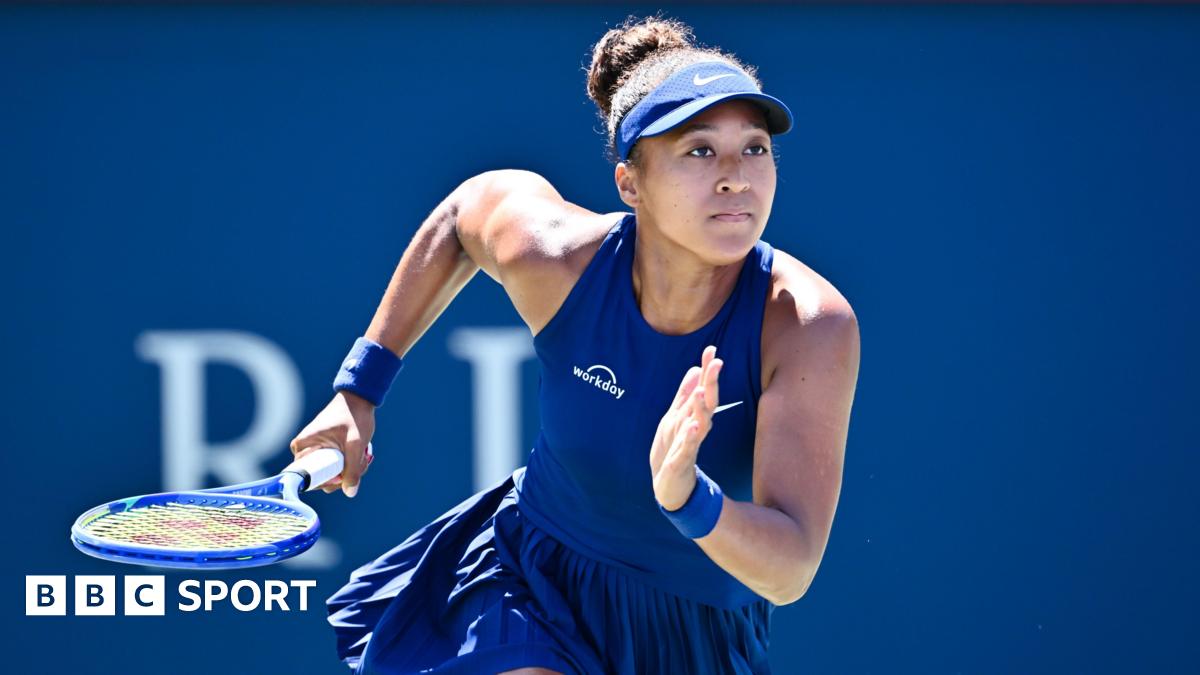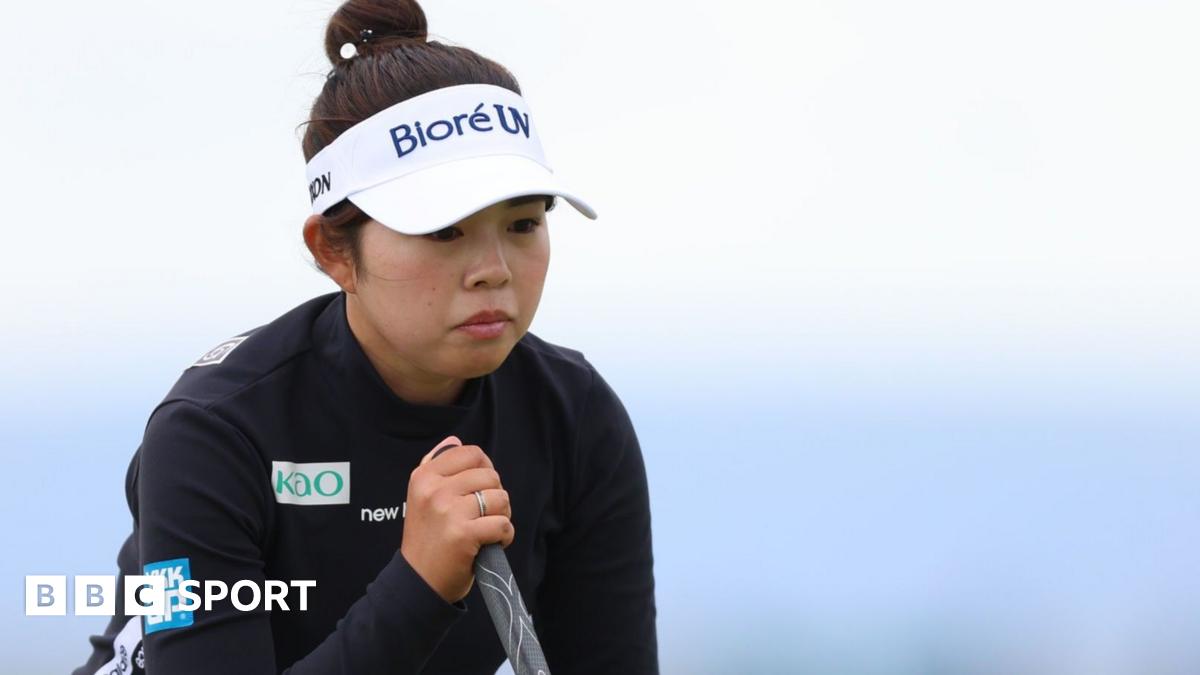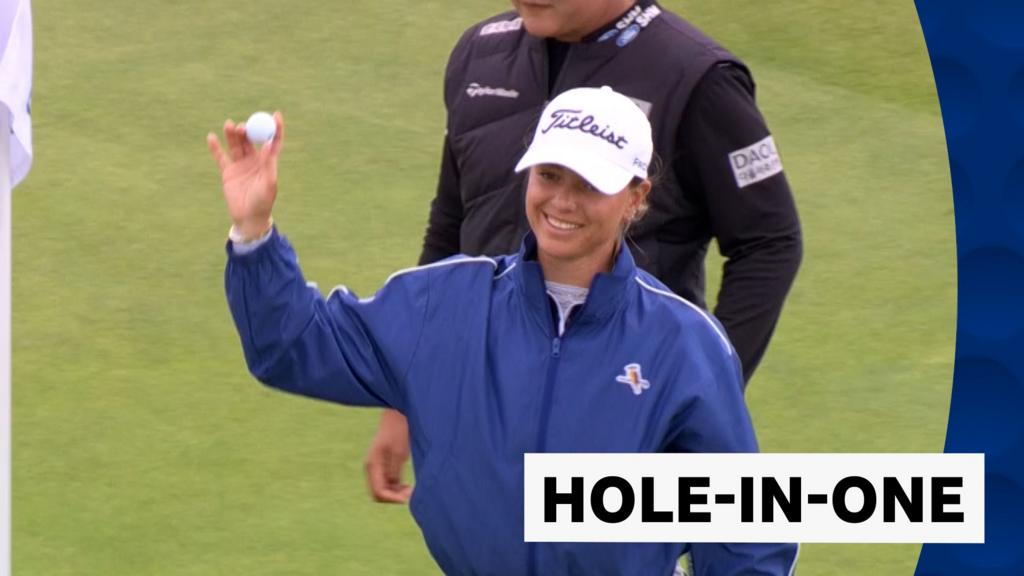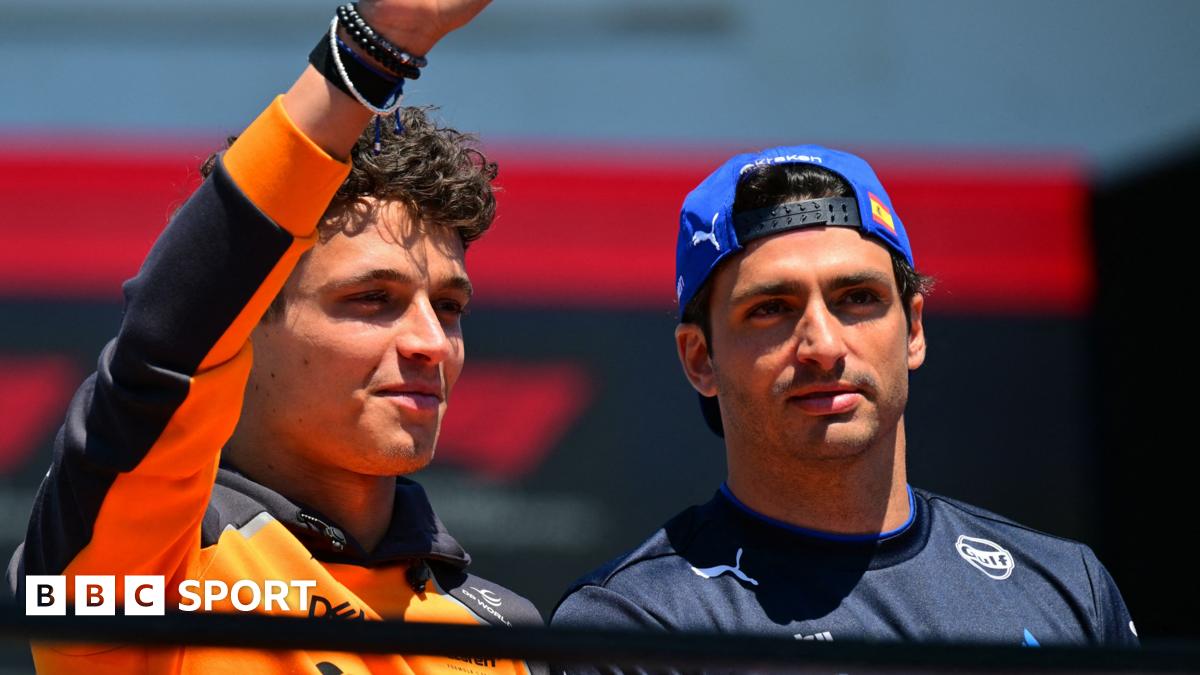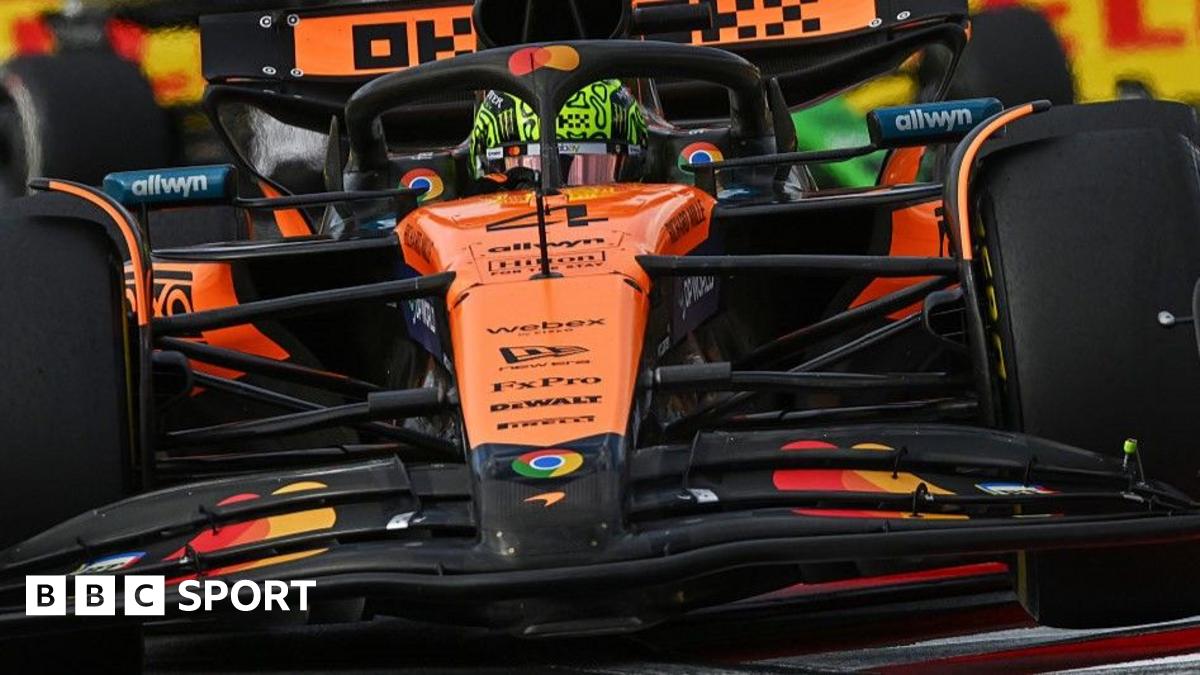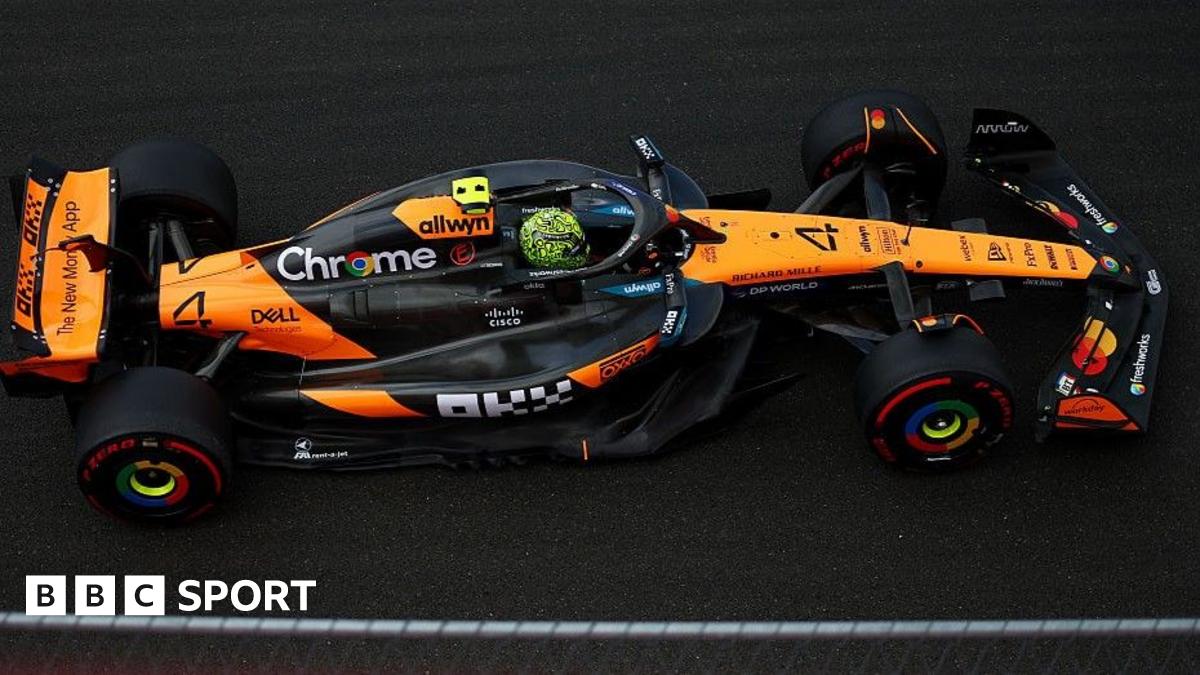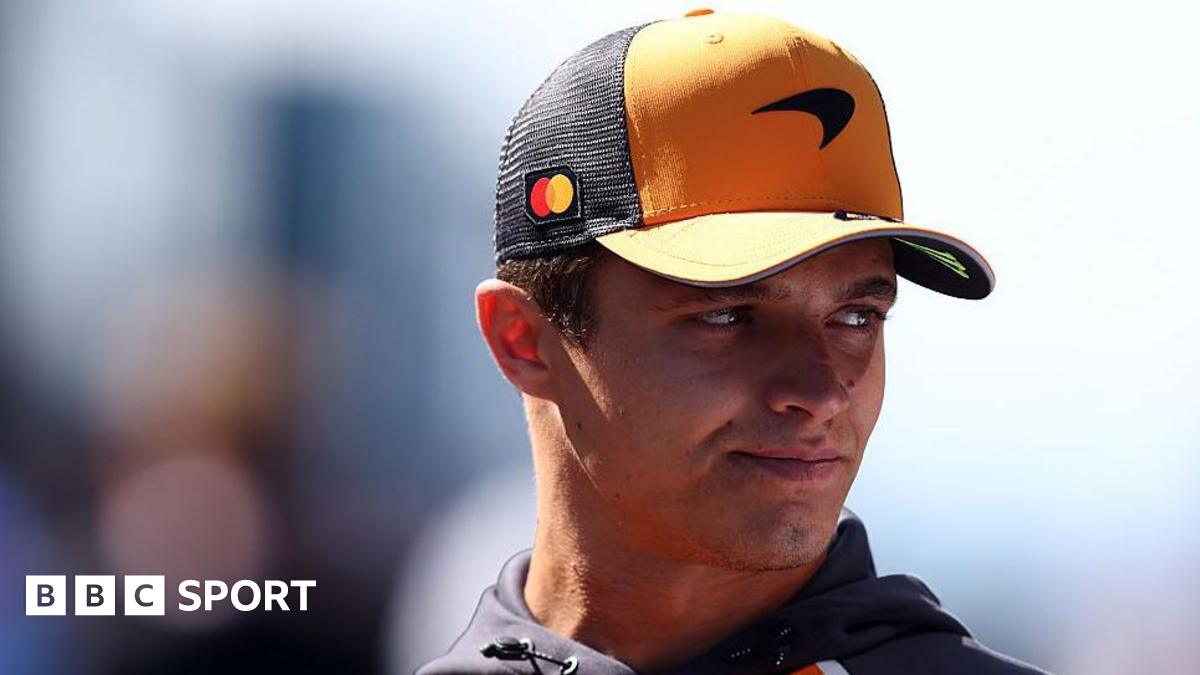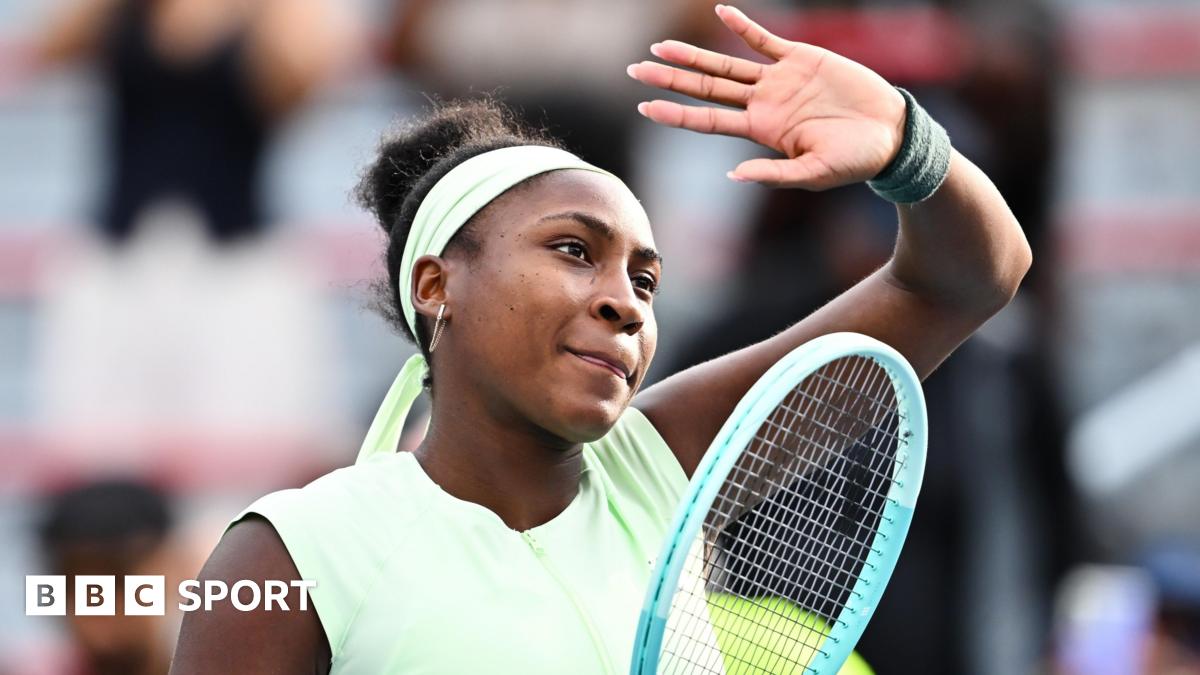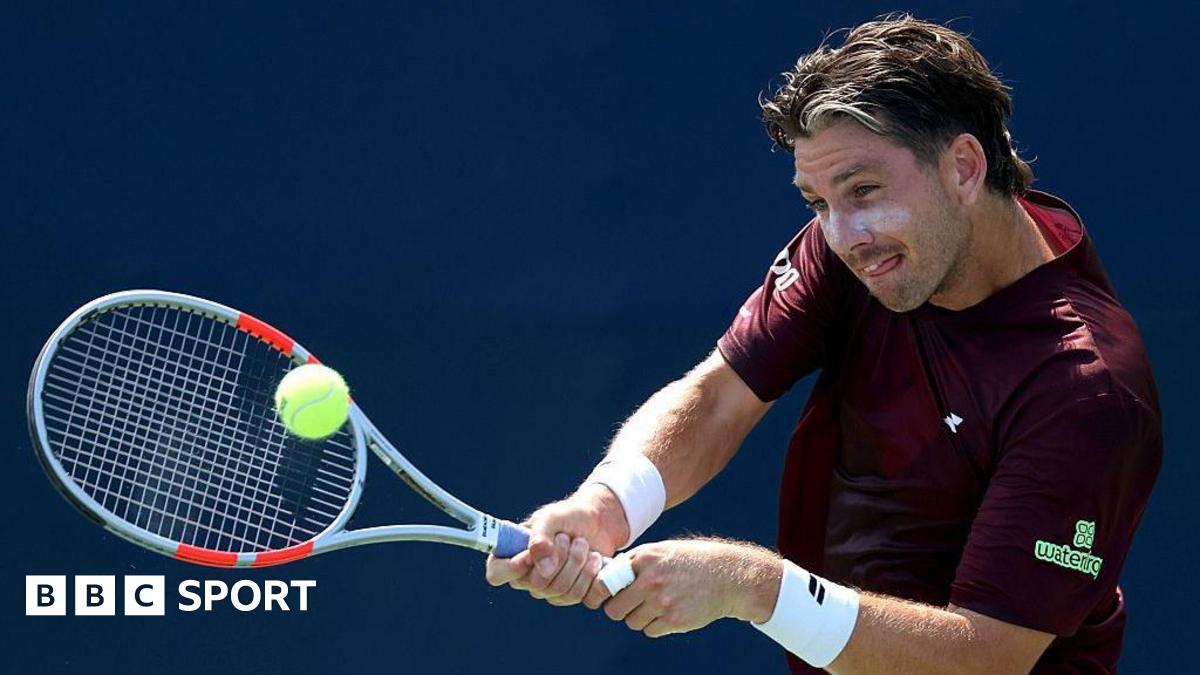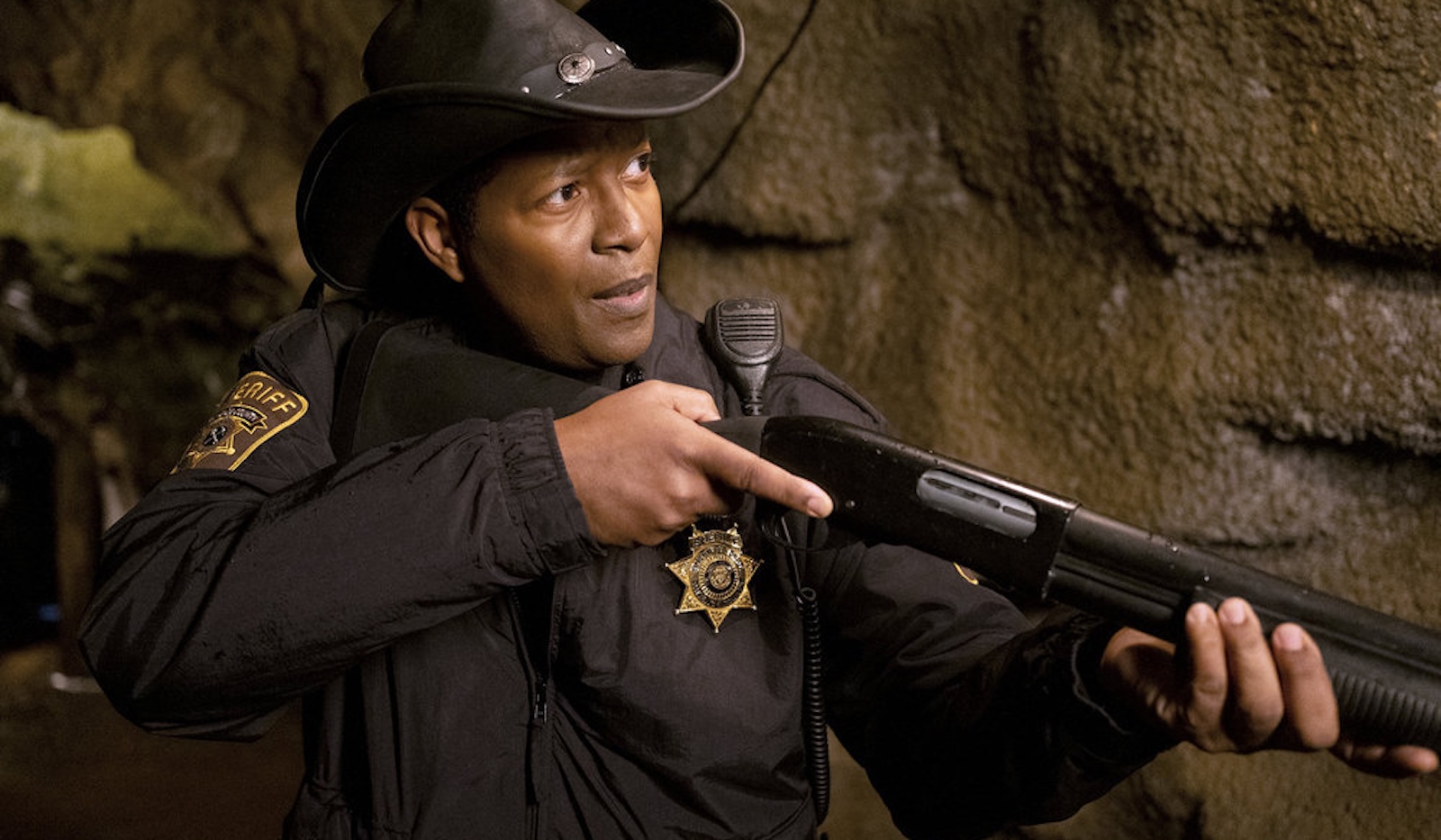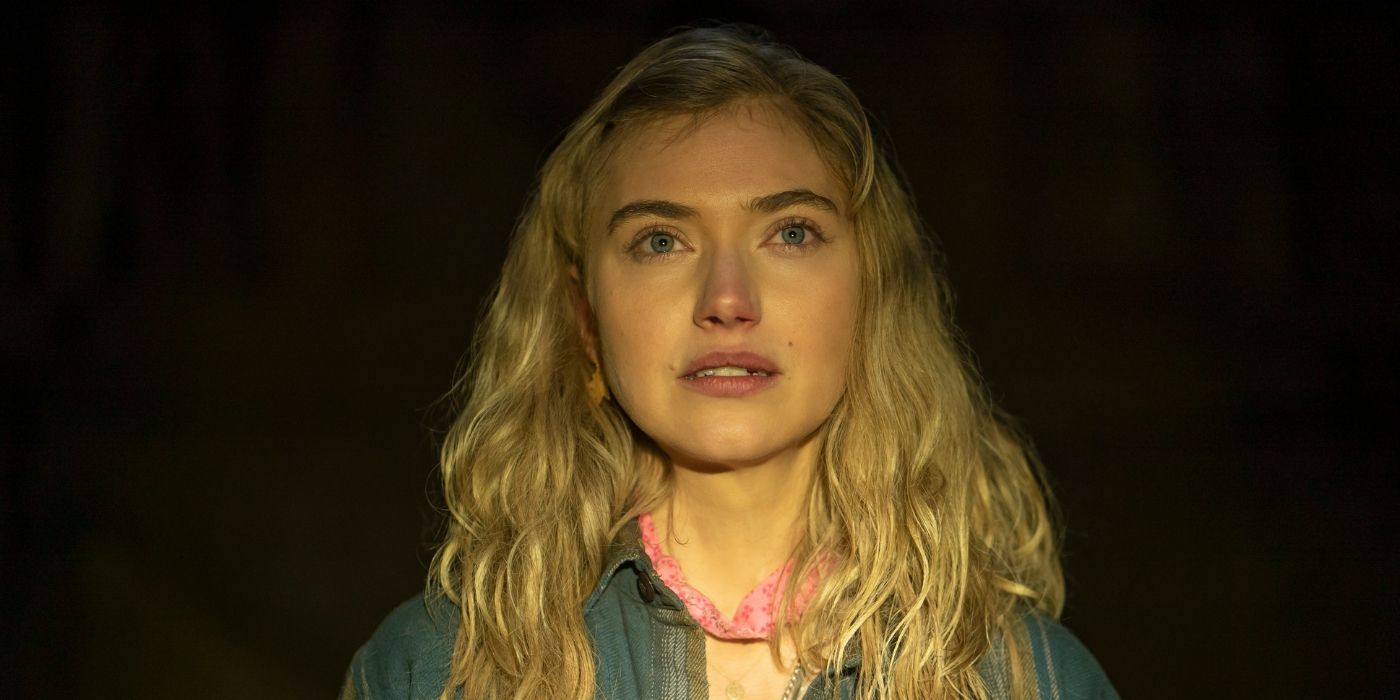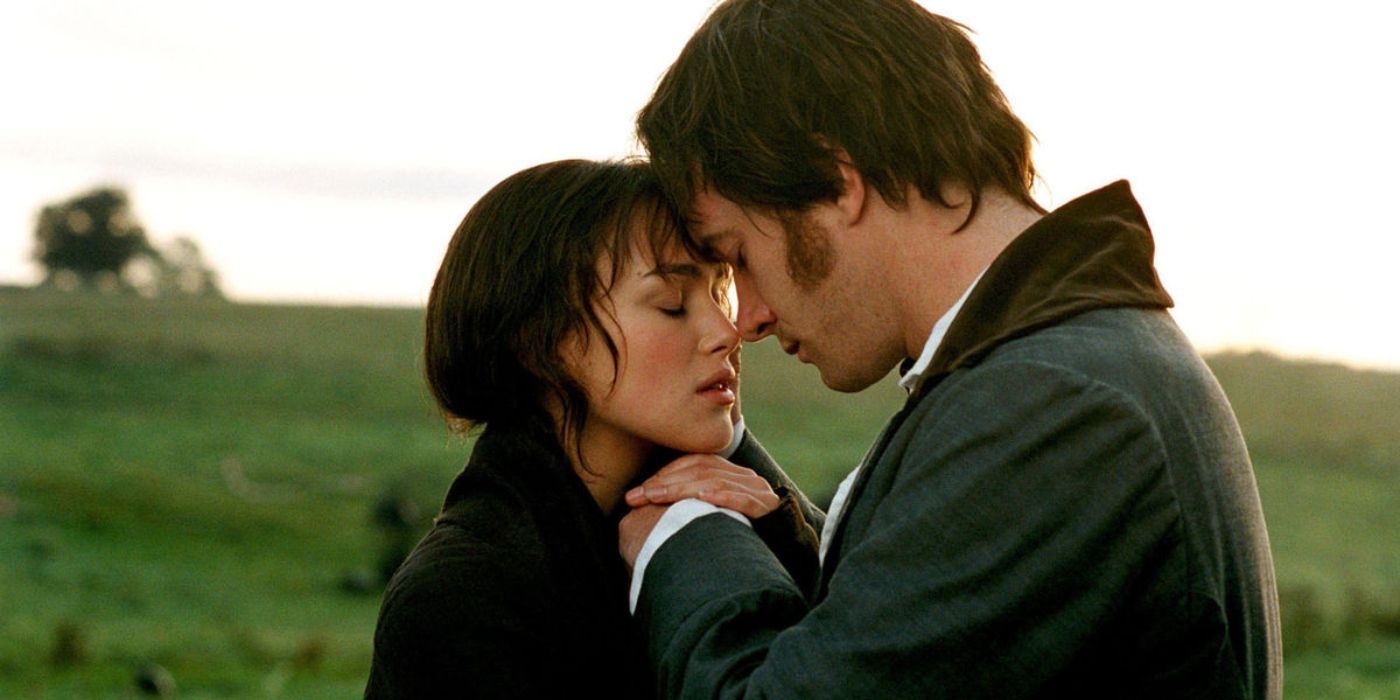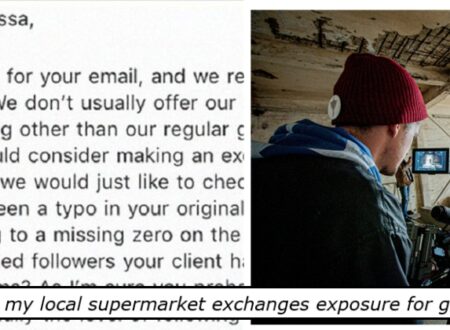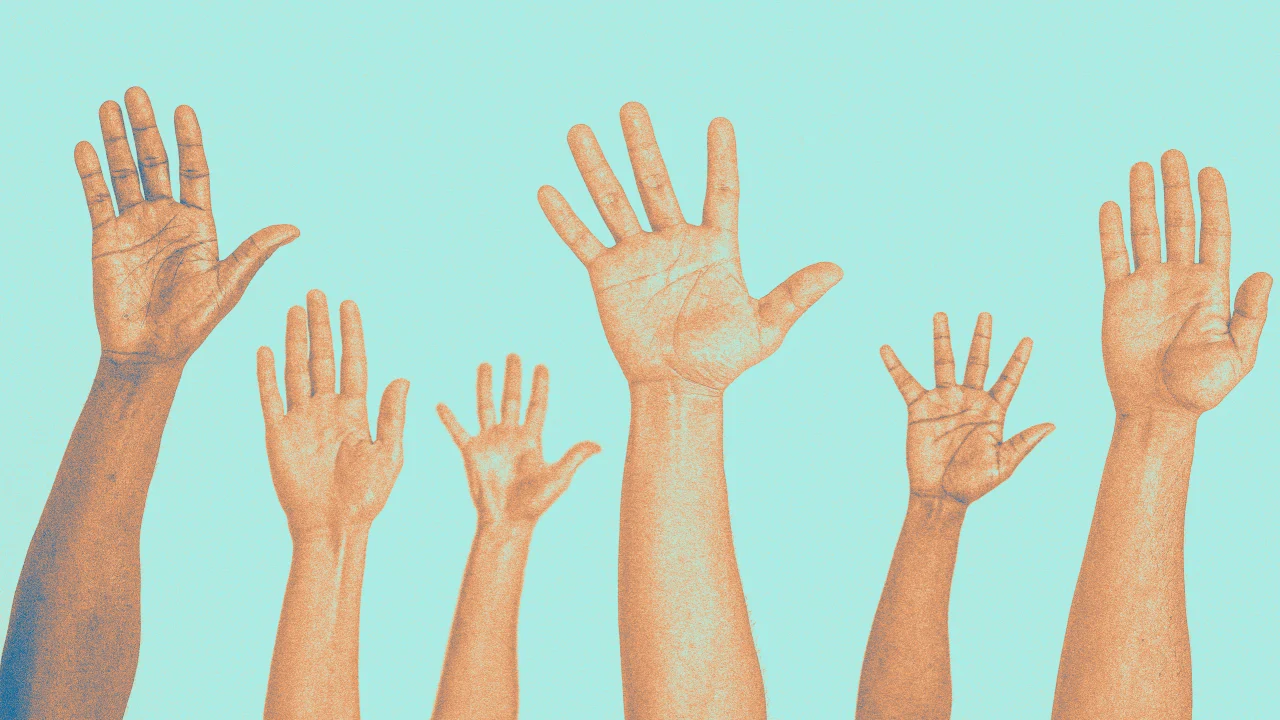How Oreo and Reese’s created the most irresistible snack collab of the year
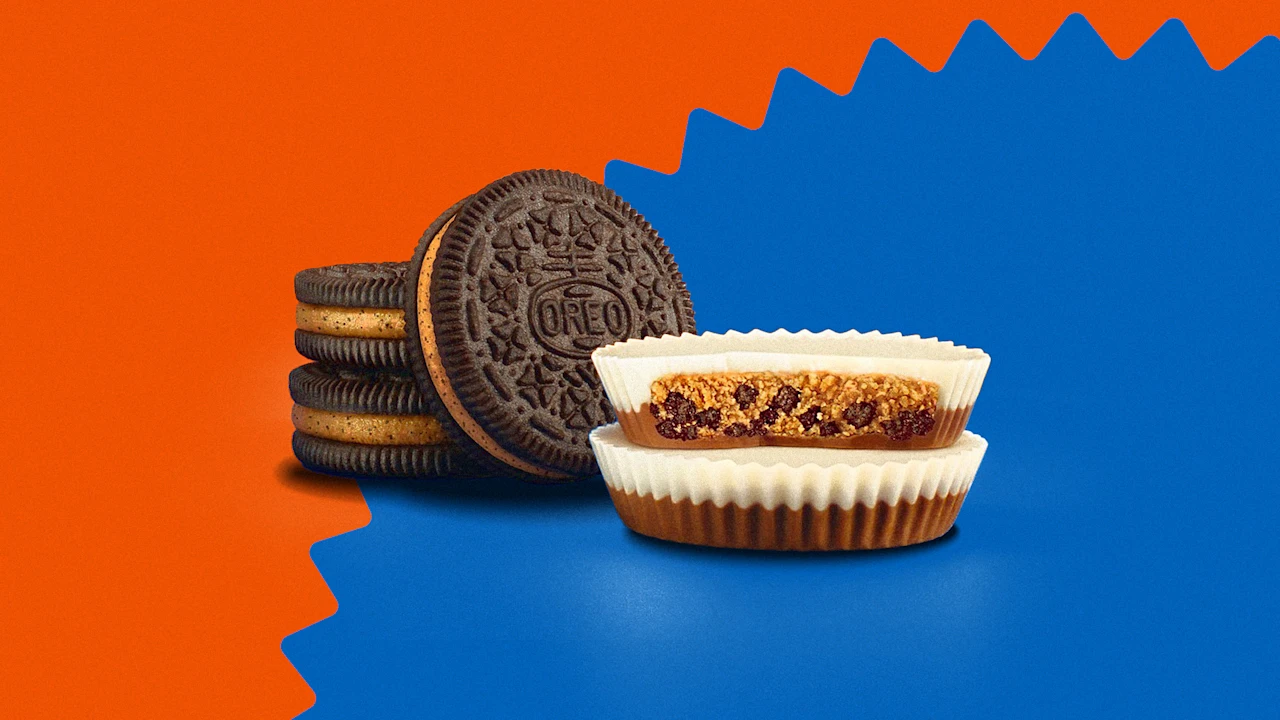
How much does Oreo parent Mondelez crave the chocolate-peanut butter alchemy of Reese’s? It has twice attempted to acquire Reese’s parent, The Hershey Company, in 2016 and 2024. Well, if you can’t buy ‘em, collab with them, as Oreo and Reese’s rocked the snackternet in late July with news of the forthcoming permanent additions to their lineups: Reese’s Oreo Cup and the Oreo Reese’s Cookie.
I caught up with the top marketers from both Reese’s and Oreo to understand how these two iconic brands came together. Paid subscribers will learn:
- How you create a partnership that goes beyond novelty and creates true value for customers and companies alike.
- Why these kind of partnerships are essential to wooing Gen Z customers.
- The role TikTok and fan culture played in making this collab happen.
- What the two brands learned from the 2014 limited edition Reese’s peanut butter-filled Oreos.
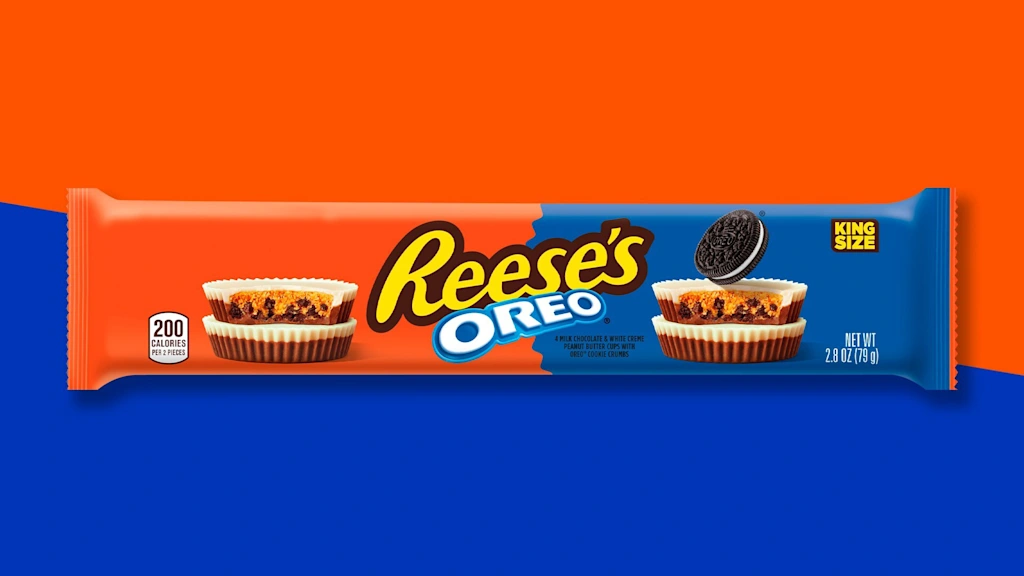
The Oreo-Reese’s combo isn’t just some parent company internal mash-up, like Flamin’ Hot Mountain Dew. These are two separate corporations, coming together for a joint product. The Reese’s Oreo Cup is an adaption of the classic peanut butter cup, but combining milk chocolate and white creme peanut butter cups with Oreo cookie crumbs. The Oreo Reese’s Cookie is Reese’s peanut buttery creme with Oreo cookie crumbs, sandwiched between Oreo’s classic chocolate cookie wafers.
Both Hershey’s and Mondelez’ stock prices are down by almost 5% over the past year, though Mondelez’s Q2 earnings, reported this week, showed its second-quarter net revenue was up 7.7% to $8.98 billion, while Hershey’s Q2 revenue (GAAP) climbed 26.0% year over year, reaching $2.6 billion.
Michelle Deignan, Vice President of Oreo U.S. at Mondelez International, and Dan Mohnshine, Vice President, U.S. Confection Marketing at The Hershey Company, say both companies see this as both a strategic win in the grocery aisle, as well as a significant long-term investment in fan engagement.
We spoke Deignan and Mohnshine to understand how these two iconic brands came together. They offer five lessons for creating a partnership that goes beyond novelty and creates true value for customers and companies alike.
Lesson 1: Listen to the fans
Both Mondelez and The Hershey Company credit a long and sustained enthusiasm among fans across social media with encouraging this official partnership.
“You always know you’re onto a winner when you create something that fans are already doing and asking for,” says Deignan. “Go to TikTok and you’ll see fans putting a Reese’s Peanut Butter Cup inside two Oreo wafers. So that was the perfect jumping off point for us.”
Mohnshine says the key for both brands was just listening to consumers. “Reese’s and Oreo are the combination most named, especially among Gen Z audiences who are interested in collaborations, generally, but especially when it involves two iconic brands. So it was an easy conversation for us.”

Lesson 2: It pays to commit
Between the two brands, Oreo has definitely been more active on brand product collaborations. We’ve seen variations on the cookie from Coca-Cola, Sour Patch Kids, Ritz crackers, Barefoot Wines, streetwear kings Supreme, as well as artist collabs with Lady Gaga and Blackpink.
Reese’s may not have the laundry list of brand partners, but the brand has long toyed with a variety of ways it can deliver its distinct combo of peanut butter and chocolate. Witness the Chocolate Lava Big Cup, and PBJ versions.
Deignan says the key for this new partnership was to build on what the brand has already done in a way that would get people excited and talking about it. Specifically, this was about leveling up from a limited edition collab the two brands released in 2014. It featured Reese’s peanut butter creme in an Oreo cookie.
“We have history here, and people have been begging us ever since to bring it back,” says Deignan. “It didn’t have quite the creamy, distinctive flavor. I think that we’ve nailed it this time around, and we feel like we’ve elevated that experience.”
Like Oreo, Reese’s uses LTO (limited time offers) to test the market. Mohnshine says the brand does extensive research to determine if certain ideas are going to have staying power. “The Reese’s Oreo cup has that, and in some way, we didn’t even have to do the research because consumers were literally asking for it. It’s always great to see confirmation show up in the scientific research to complement what we observe online.”
When evaluating these ideas, Mohnshine says the brand has two main objectives: “How do we drive news on the brand and excitement on the brand? And is there a way that we’re actually building and leaning into that brand equity in an even bigger way?”

Lesson 3: Iron out your collab strategy
If you’ve ever been in a corporate boardroom in any decision-making capacity or situation, you know that combining two signature products like this successfully is a minor miracle.
First, each brand had to be really clear up front with some basics like: who is the target consumer? Then there is establishing the rules of engagement and decision rights, which are critical.
“It’s collaboration, collaboration, collaboration, but also holding standards,” says Mohnshine. “Each of us have strong, high expectations that consumers have for our brands. So when you bring them together, how does Oreo show up within Reese’s? How does Reese’s show up within Oreo? There is a strong need to fit those brand standards. There’s some judgment involved by the leaders on the marketing team, and there’s also delivery from an R&D and technical perspective. Are you doing this in a way that a consumer would believe it? And we went through stringent testing to ensure that.”
Lesson 4: Prepare for a lot of back and forth
Giant brands of any kind have to navigate plenty of red tape and internal process to get anything done. The potential is high for that complexity to lead to tension when you have two brands trying to accomplish something together. Both Deignan and Mohnshine say there is value in that inherent tension.
“When you bring two brands the size of ours together, our job is to truly make sure that we celebrate and protect what’s distinctive about both,” says Deignan. “That has been our common north star over the last two years, and that filters through everything. What’s been great about the process is, whilst collaborative, we’ve also made each other better, and we’ve pushed each other to make the best product and communications available.”
“There’s going to be tension, there’s going to be some additional collaboration and communication required versus your typical process,” says Mohnshine. “However, to Michelle’s point, having the partners push each other to be better, you end up in a better place, even if it takes a little bit more communication and rigor.”

Lesson 5: Use collabs to drive business results
For many brands, collabs have gone far beyond sheer novelty and now impact significant business results. Deignan says that Oreo collabs have consistently helped grow its consumer base over the years.
“They deliver particularly well with Gen Z and younger demos, of course, dependent on the collab and the partnership you have,” says Deignan. “The role that these collabs play in our overall brand strategy and bringing households into the brand has been a key component of why we’ve continued to build and keep them as a mainstay in our playbook.”
For Reese’s, Mohnshine says a collab like this helps the brand branch out beyond its comfort zone. “For us, the most important thing is breaking the framework with how we execute and envision innovation,” he says. “And that means taking more of an external viewpoint, not just on consumers, which is table stakes, but also on partners, collaborators, even retailers. The idea is to look at the total ecosystem and bring something that’s truly newsworthy and think in nontraditional ways.”
What's Your Reaction?
 Like
0
Like
0
 Dislike
0
Dislike
0
 Love
0
Love
0
 Funny
0
Funny
0
 Angry
0
Angry
0
 Sad
0
Sad
0
 Wow
0
Wow
0




